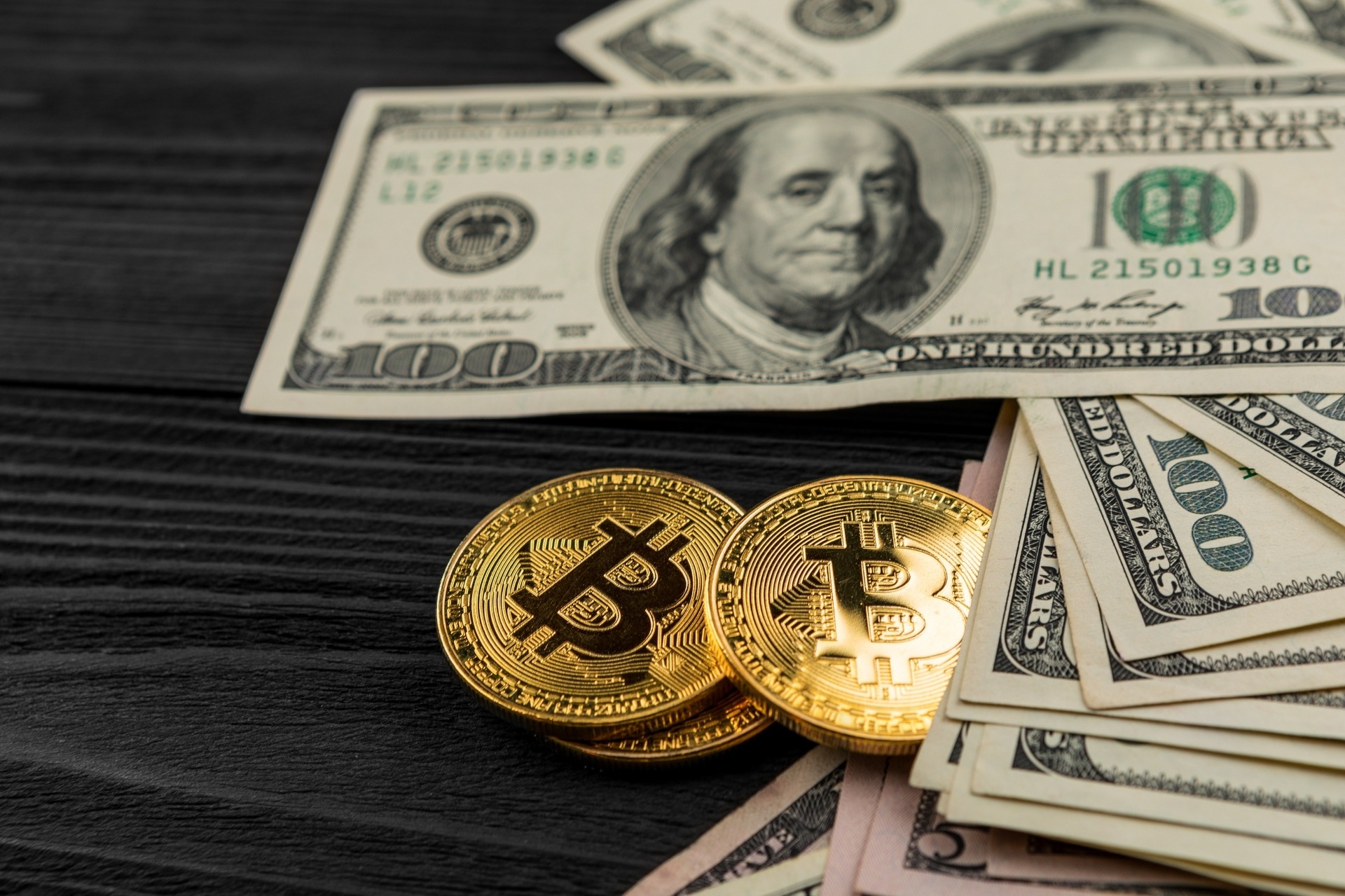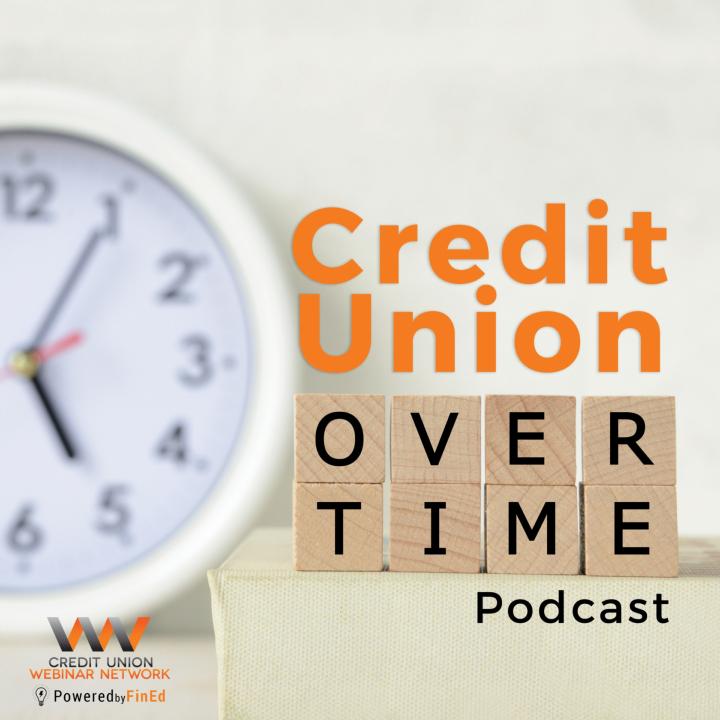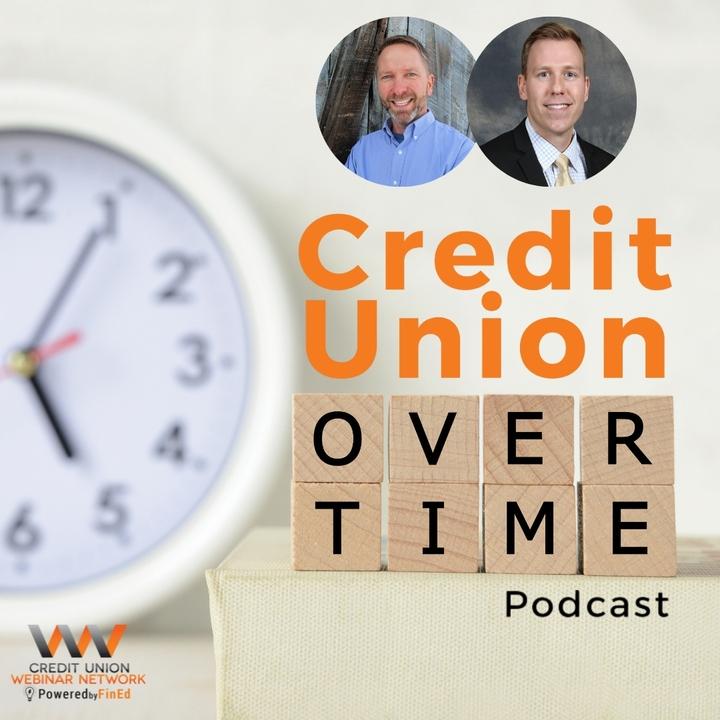
The Evolution of Money and Currency in the United States: A Journey from Trading to Cryptocurrency
The Evolution of Money and Currency in the United States: A Journey from Trading to Cryptocurrency
The Origins of Money: Trading and Bartering
The Development of Modern Currency: Coins and Paper Money
The United States introduced formal currency in the late 18th century with the Coinage Act of 1792, which established the United States Mint for producing gold, silver, and copper coins as legal tender. The first US coins, minted in 1793, included various denominations.
Concurrently, the development of modern currency began with the establishment of the First Bank of the United States in 1791. Although its charter wasn't renewed in 1811, the Second Bank of the United States was established in 1816, playing a crucial role in the country's monetary system by issuing widely accepted banknotes.
The American Revolution saw the issuance of the first paper money, known as Continentals, by the Continental Congress to finance the war, although these banknotes quickly became worthless due to rampant inflation. In 1861, the United States government issued the first official paper money, called greenbacks, during the Civil War.
Checks, or drafts, emerged as an alternative to carrying large sums of money. They allowed people to transfer funds from their bank accounts to other parties, offering a more secure and convenient means of payment.
The Digital Revolution: Debit Cards and Electronic Payments
With the advent of the digital age, payment methods saw further innovation. Debit cards, introduced in the 1960s, allowed consumers to make electronic payments directly from their bank accounts. Over time, the use of debit cards became widespread, offering increased convenience and security.
Electronic payments have revolutionized the way we conduct financial transactions in the modern world, offering speed, convenience, and increased security. One such method is the Automated Clearing House (ACH) system, which facilitates electronic transfers between banks and enables direct deposits, bill payments, and other transactions.
Peer-to-peer (P2P) payments have also gained popularity, allowing individuals to transfer money directly to one another using mobile apps and online platforms, such as Venmo, PayPal, and Zelle. These P2P services simplify the process of splitting bills, paying friends, or sending remittances without the need for physical cash or checks.
Electronic money transfers have become a staple for both personal and business transactions, enabling the efficient transfer of funds between accounts, both domestically and internationally, through services like wire transfers and SWIFT.
Major Shift: Going Off the Gold Standard
The Future of Money in the United States: Cryptocurrency?
Cryptocurrency, a digital or virtual currency that relies on cryptography for security, has garnered significant attention in recent years. Bitcoin, the first and most well-known cryptocurrency, was introduced in 2009. Since then, thousands of other cryptocurrencies have emerged, offering new ways to conduct transactions and store value.
Despite the uncertainty surrounding the future of cryptocurrency, many experts believe that it has the potential to revolutionize the way we think about money and currency. As more people become aware of the benefits of cryptocurrencies, it is likely that they will become more widely accepted and integrated into the mainstream economy.
Cryptocurrency Regulator Expectations & Guidance
Molly Stull's webinar, Cryptocurrency Regulator Expectations & Guidance covers current crypto-related frauds, scams, and red flags to safeguard your accountholders' assets.
Read These Articles Next
January 14, 2022
March 11, 2024
July 11, 2023
© 2025 FINANCIAL EDUCATION & DEVELOPMENT, INC






